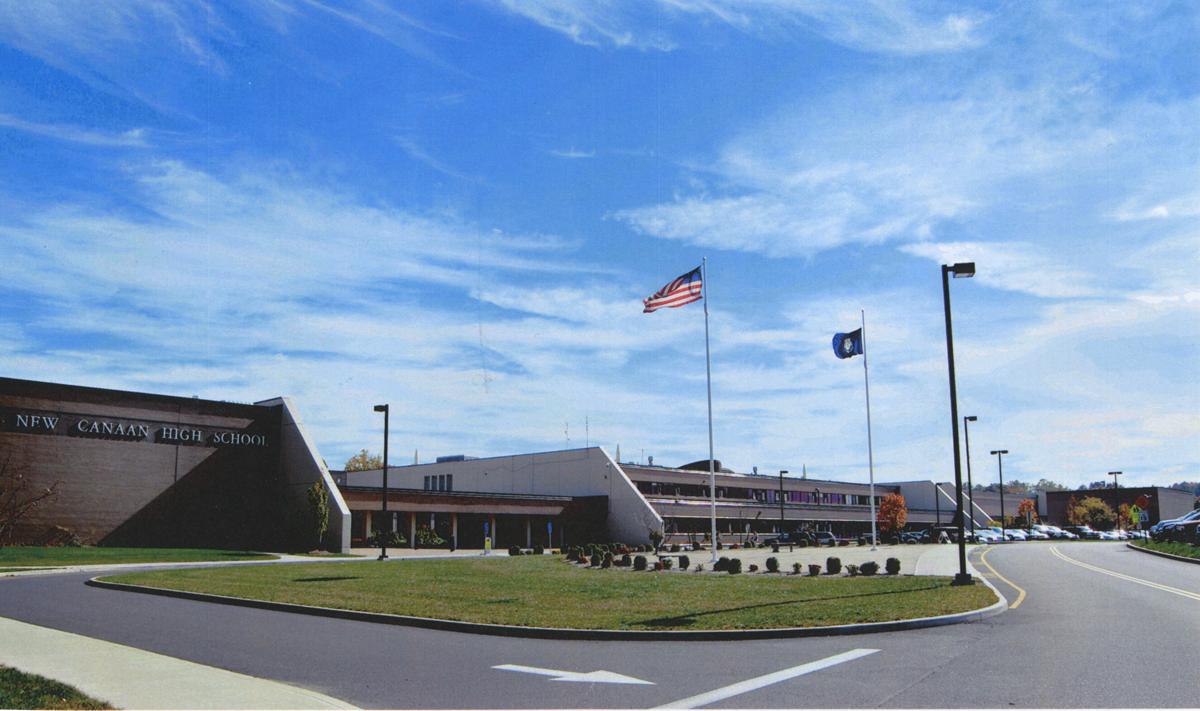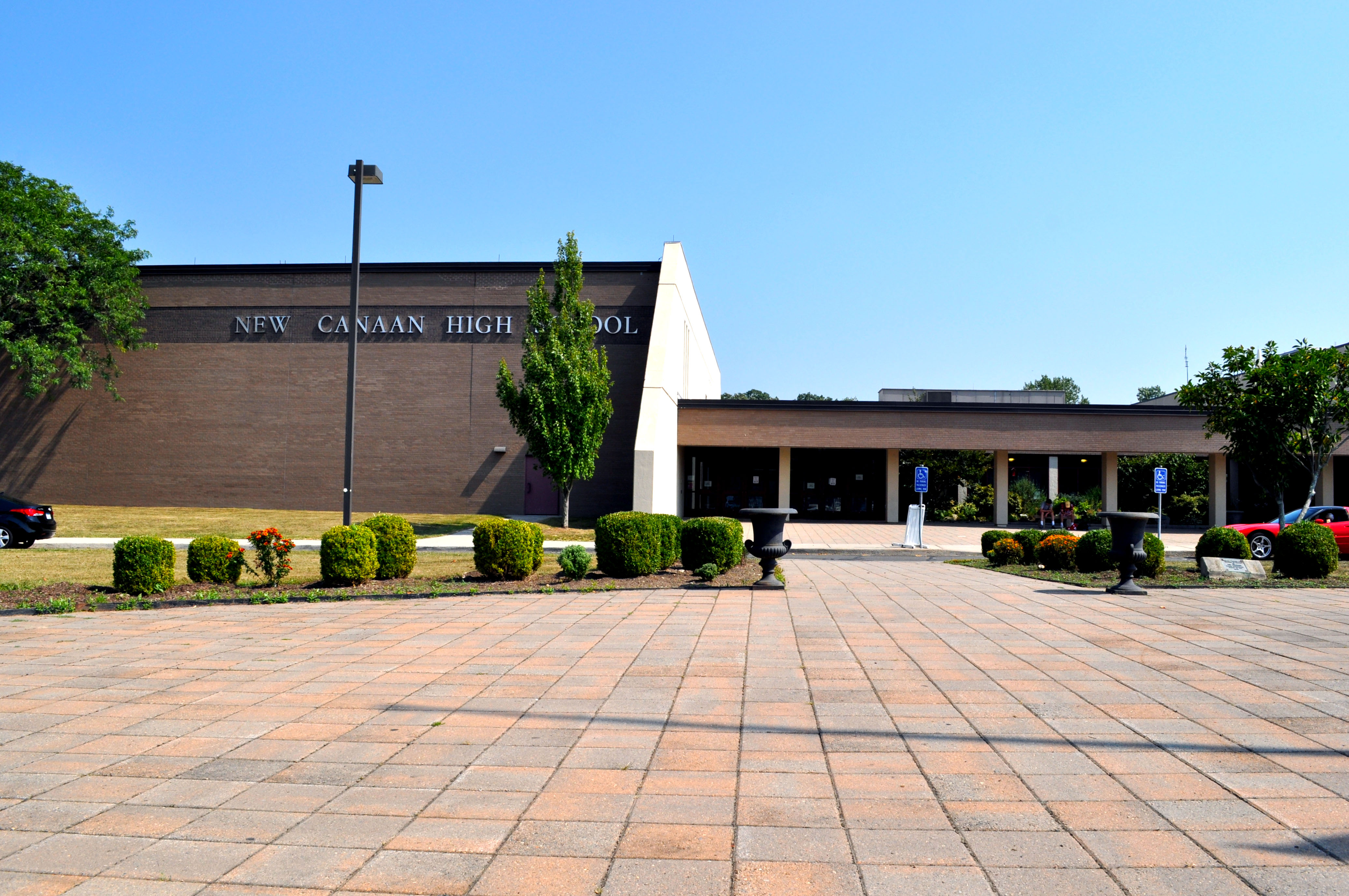Editorial
Recently, additions to the school such as the Beautification project and Collaboration Room have been implemented to promote a more positive school culture. And with good reason. According to the Connecticut State Department of Education,“In a positive and healthy school climate students feel close to people at school, are happy to be there, feel a part of the school, believe teachers treat them fairly, and feel personally safe while at school.” Yet while these steps can make school a happier place, students are still stressed out by the volume of work.
The Beautification project is an effort by the administration and the PFA to make the several entrances to the school more welcoming. The idea is to make the school appear a little bit easier on the eyes, rather than staring at cold stone as you walk into the school to make it seem more lively and inviting. The physical environment of a school is often the first thing one notices when they enter for the first time, so making it more aesthetically pleasing will make it a bit easier to come into school on those bittersweet Monday mornings.
The Collaboration Room aims more towards the cultivation of a positive, optimistic school culture. The room, which was a computer lab just a year ago, is now covered wall-to-wall in white boards, along with one Smartboard. With rolling desks and plenty of space to write down thoughts, students now have an accessible place to easily work together on assignments within the school. The Collaboration Room is an effective segway from run-of-the-mill Powerpoint presentations into something much bigger. Projects have always been a good way for students to being an active learner because learning from other peers gets the class more involved, which can never be guaranteed when a teacher is lecturing every day. The Collab Room is one step on the path towards a seemingly more effective method of learning, because students appear to understand things better from other students since things are in “teenage language.” Because this addition to NCHS is geared more towards the social aspect of learning, it has initially had a greater influence on the student body because it fosters student-to-student interaction.
These initiatives, along with new features such as the Healthy Living Trails to encourage student physical activity, are the first steps on a long road to improving the school environment and culture. The core problem for students is the volume of work that they are assigned and the stress that comes as a result. Adults give us mixed messages. They say that students have overbooked themselves with too many Honors and AP classes. Then they tell students they have to challenge themselves and fill schedules to impress colleges. Until there is one vision of what amount of work is necessary to prepare students for college, that problem will remain.


